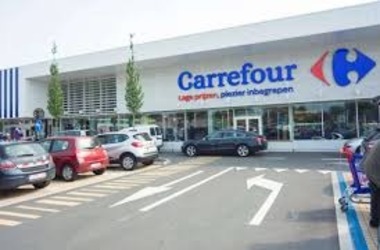
- Product’s origin and the track taken: Manufacturer’s name, location of field, packaging centre details and mode of transport;
- Product’s quality: Harvest date, analysis data, variety and seasonality;
- Product’s organic certification: Conversion date, legal certificate and extra efforts taken by the producer.
Benoît Soury, Carrefour organic market director, said “It is our goal to spearhead the food transformation for everyone by integrating this innovation with organic goods for the initial time.”
Data is retained safely in an unalterable way via blockchain technologies. With the use of blockchain, food safety concerns may be resolved more rapidly and also surmount faulty supply and demand estimates, human mistakes, forgery and regulatory breaches thanks to the greater data transparency provided by the technology. Notwithstanding the excitement about cryptos, Walmart started utilizing IBM’s Food Trust blockchain technology to manage lettuce and spinach in 2018.
A lack of expertise with blockchain and its uses, as well as customization limitations and difficulties linking the many ways information may be transmitted, are all impeding popular deployment.
However, the Food and Drug Administration’s increased record keeping criteria for food safety are anticipated to encourage adoption and assist expand blockchain-powered food tracking, as per The Wall Street Journal, before prices can be reduced much.
For Jan Beránek, the chief executive officer and founder of U+, a technology consulting company, the economic case for replacing existing monitoring and compliance systems such as GS1 must still be proven. It must generate more income, cut expenses or provide the company a competitive edge in order to be justified in developing or incorporating a blockchain platform into its operations. That is what he told Food Engineering magazine.